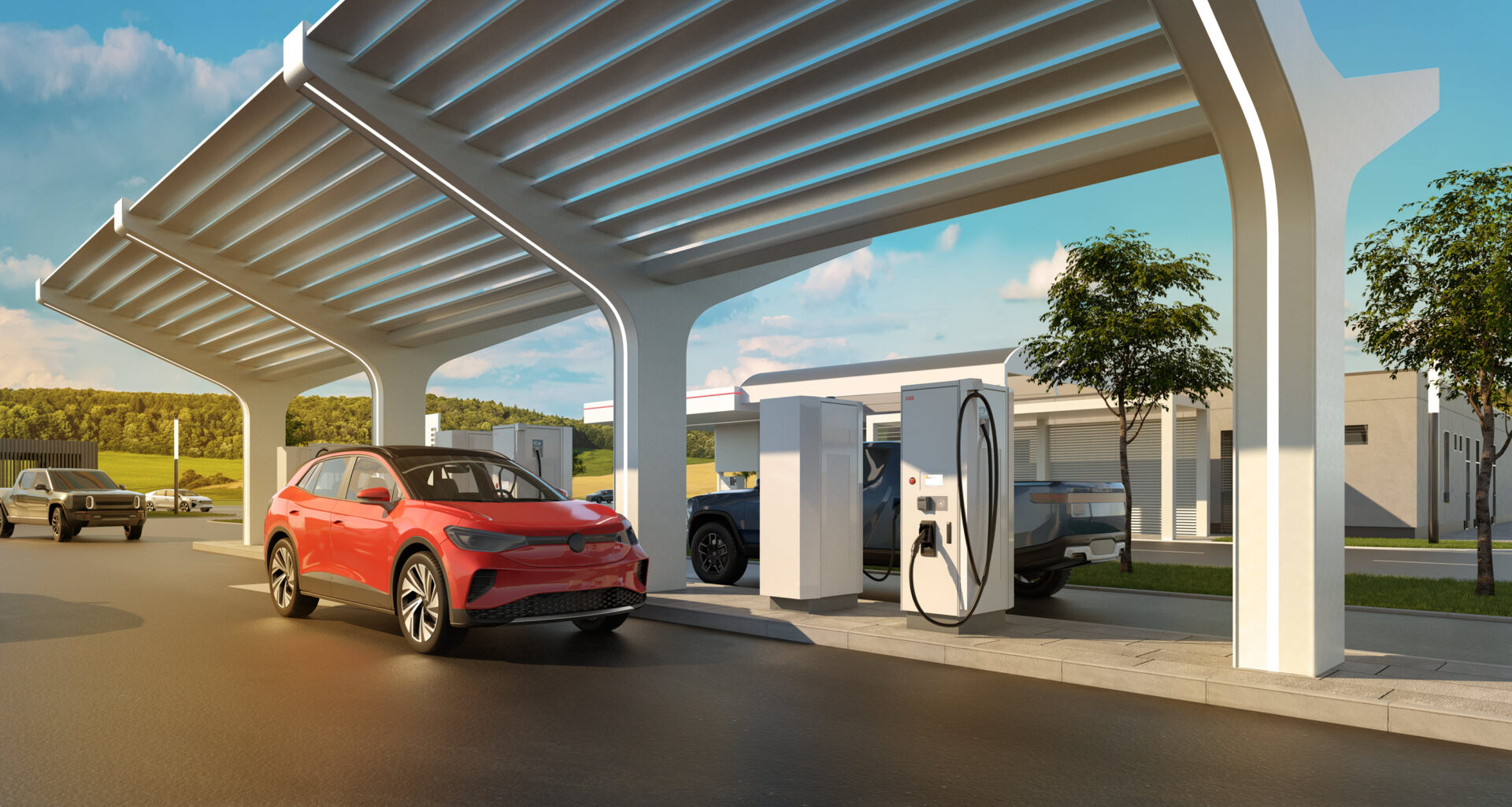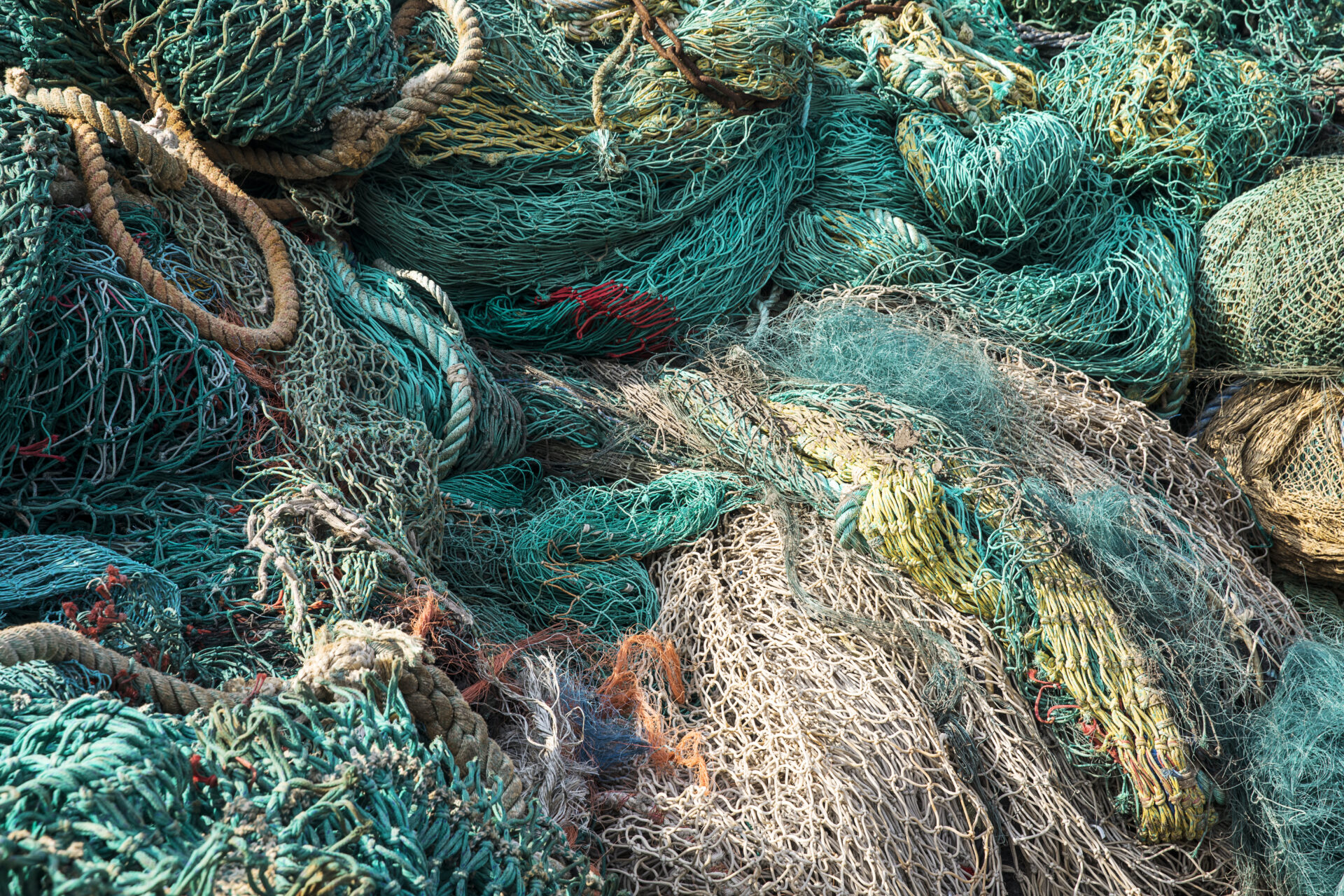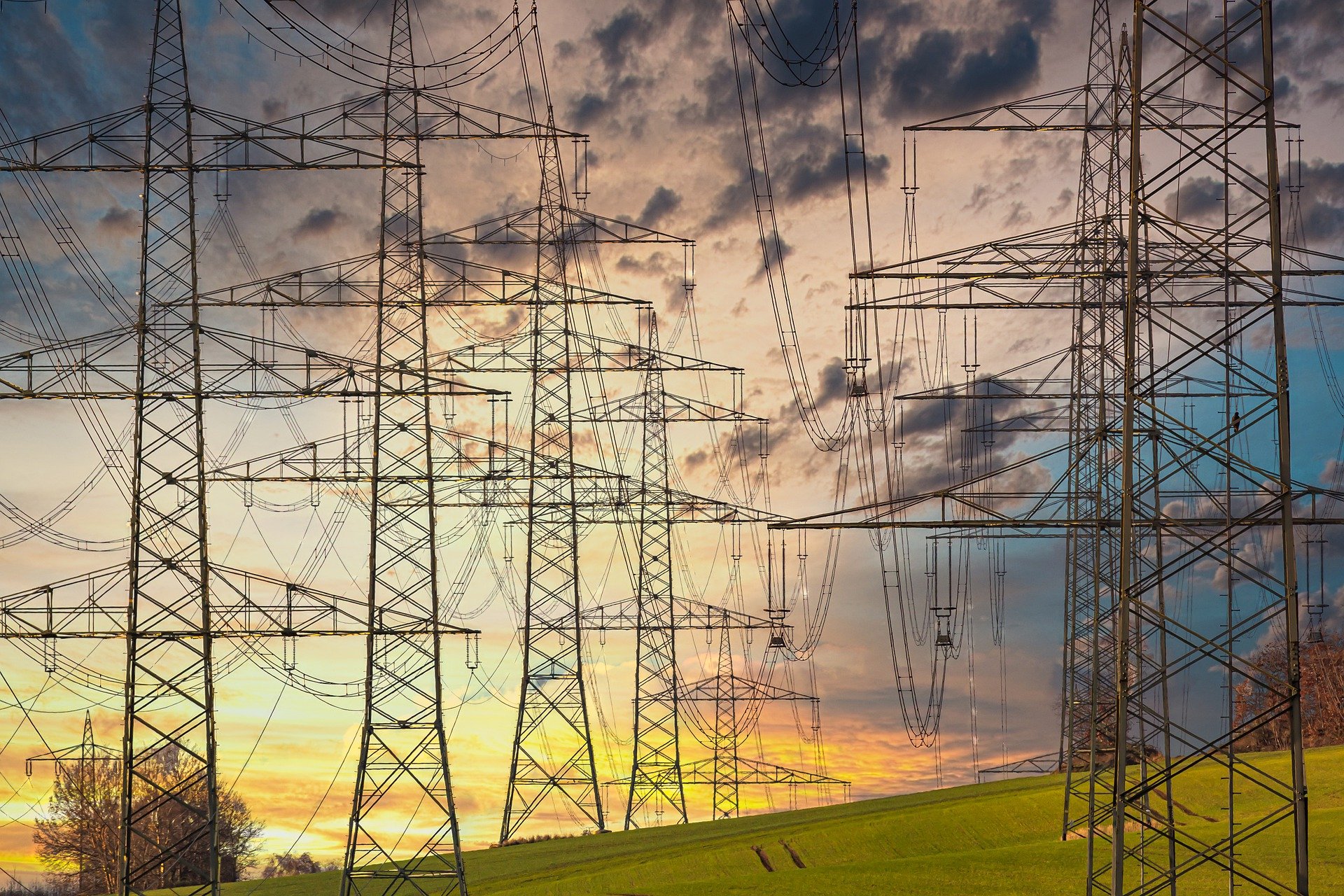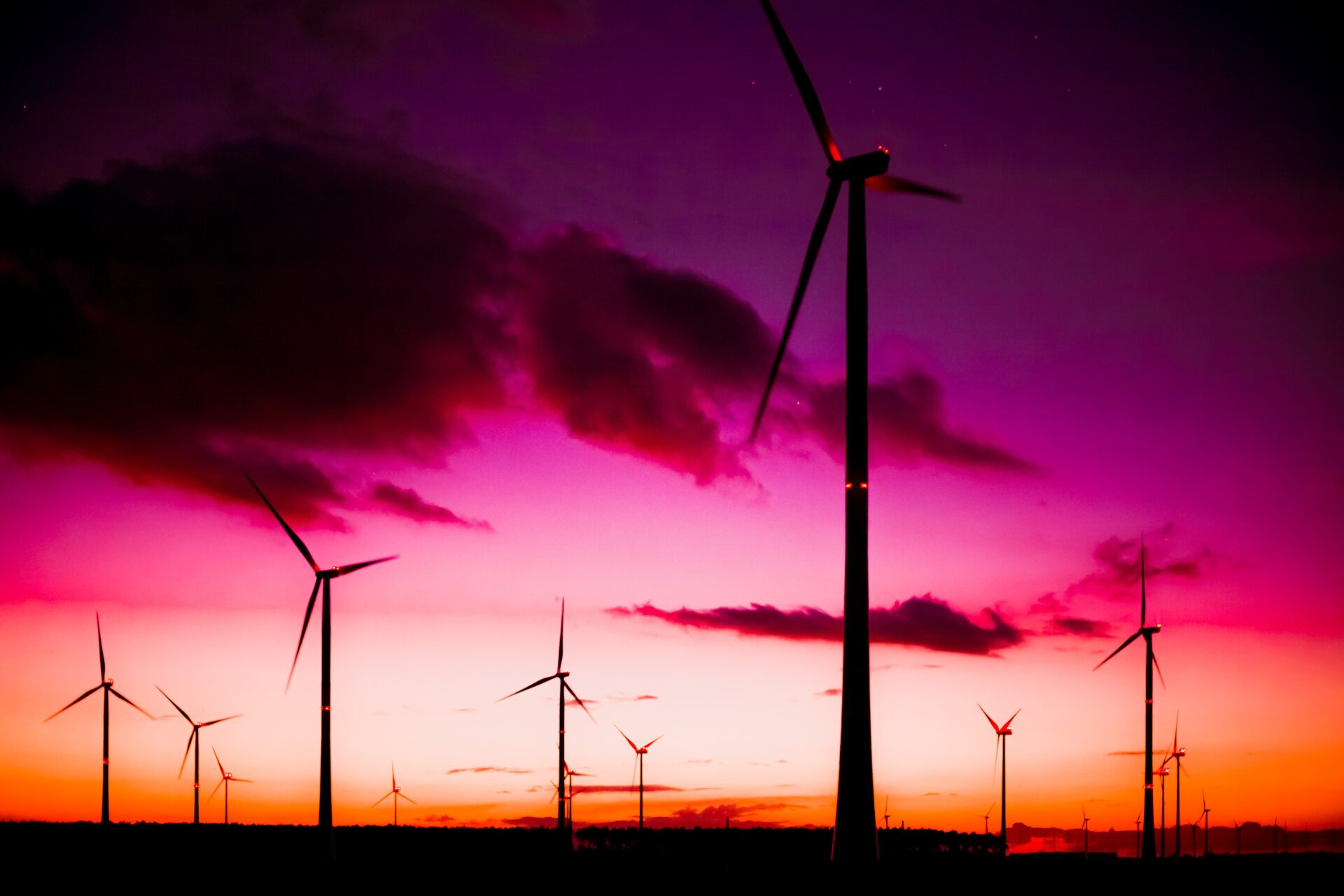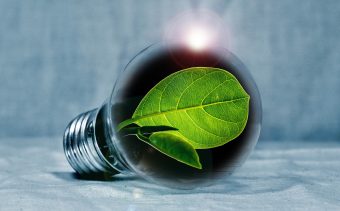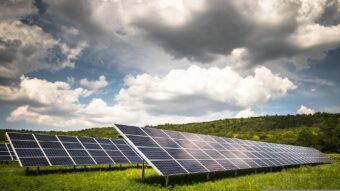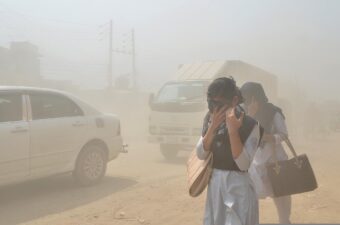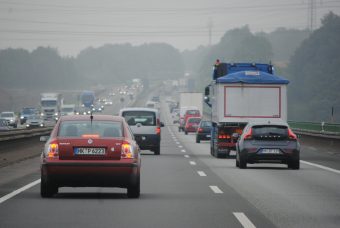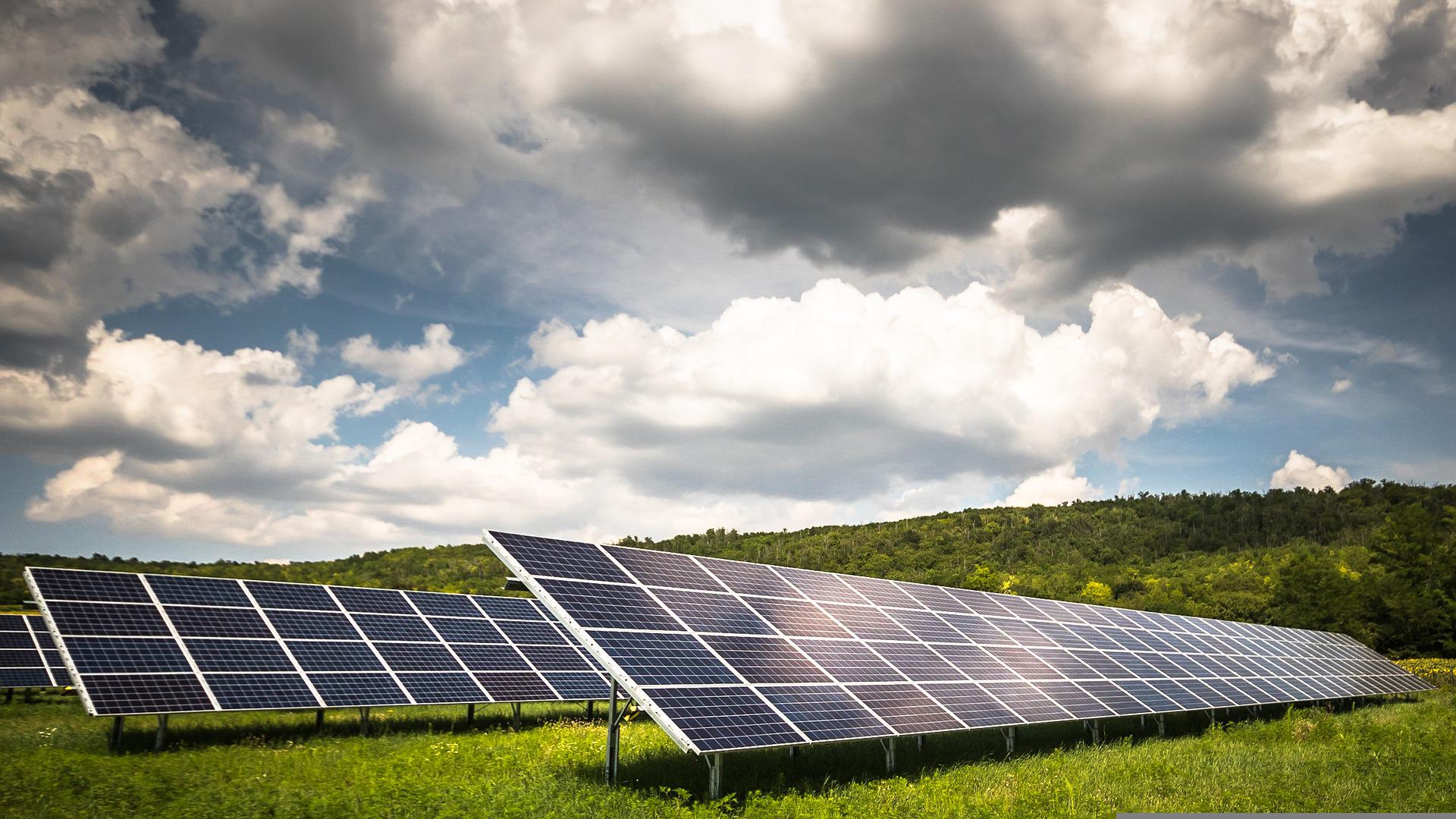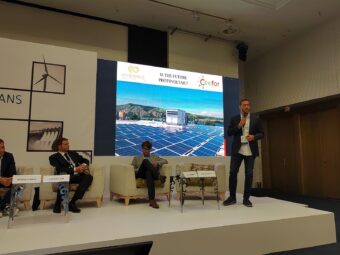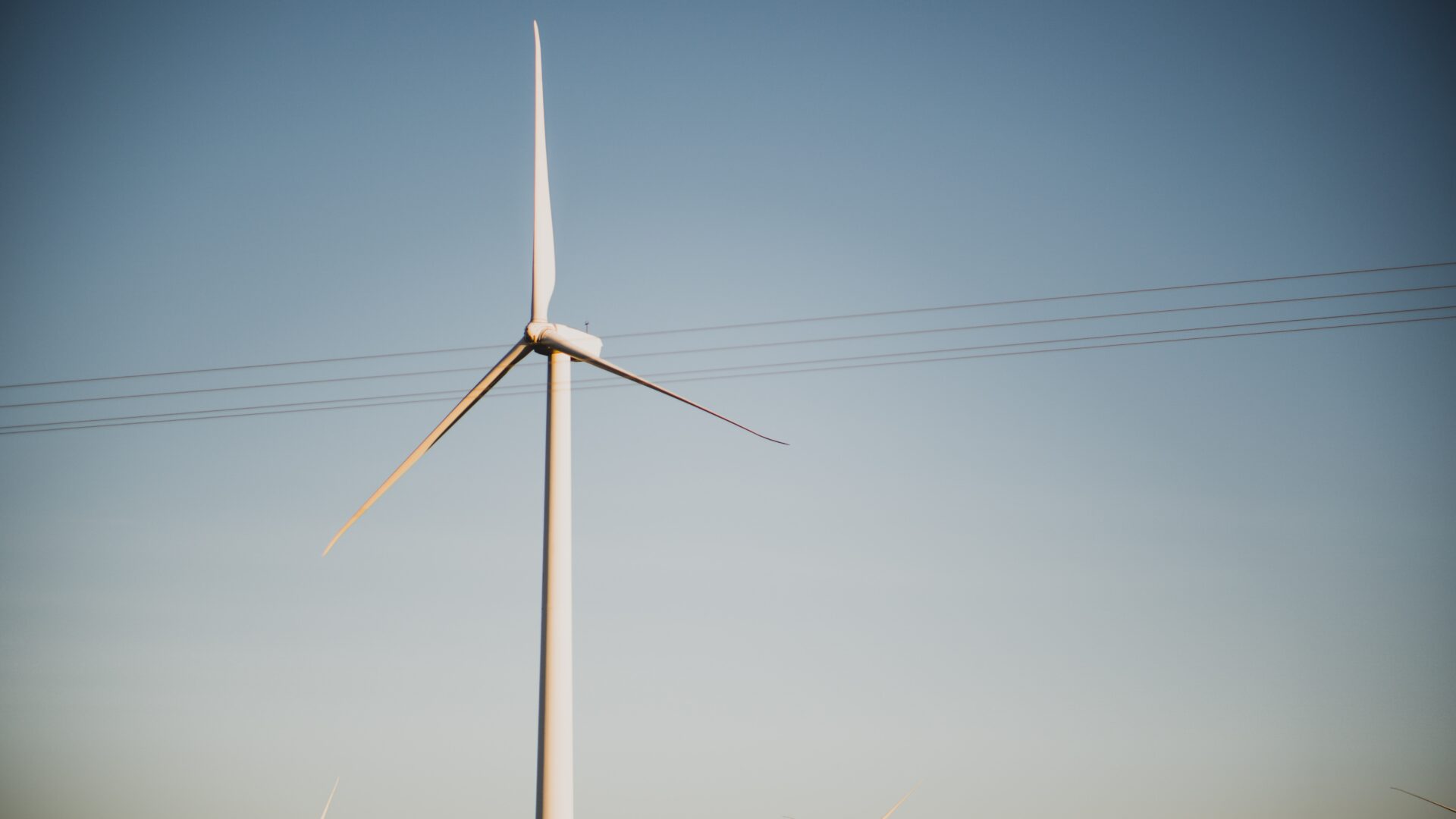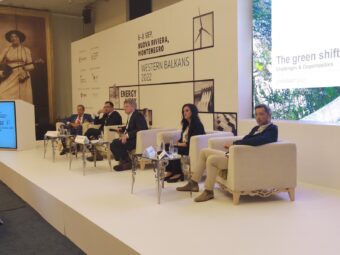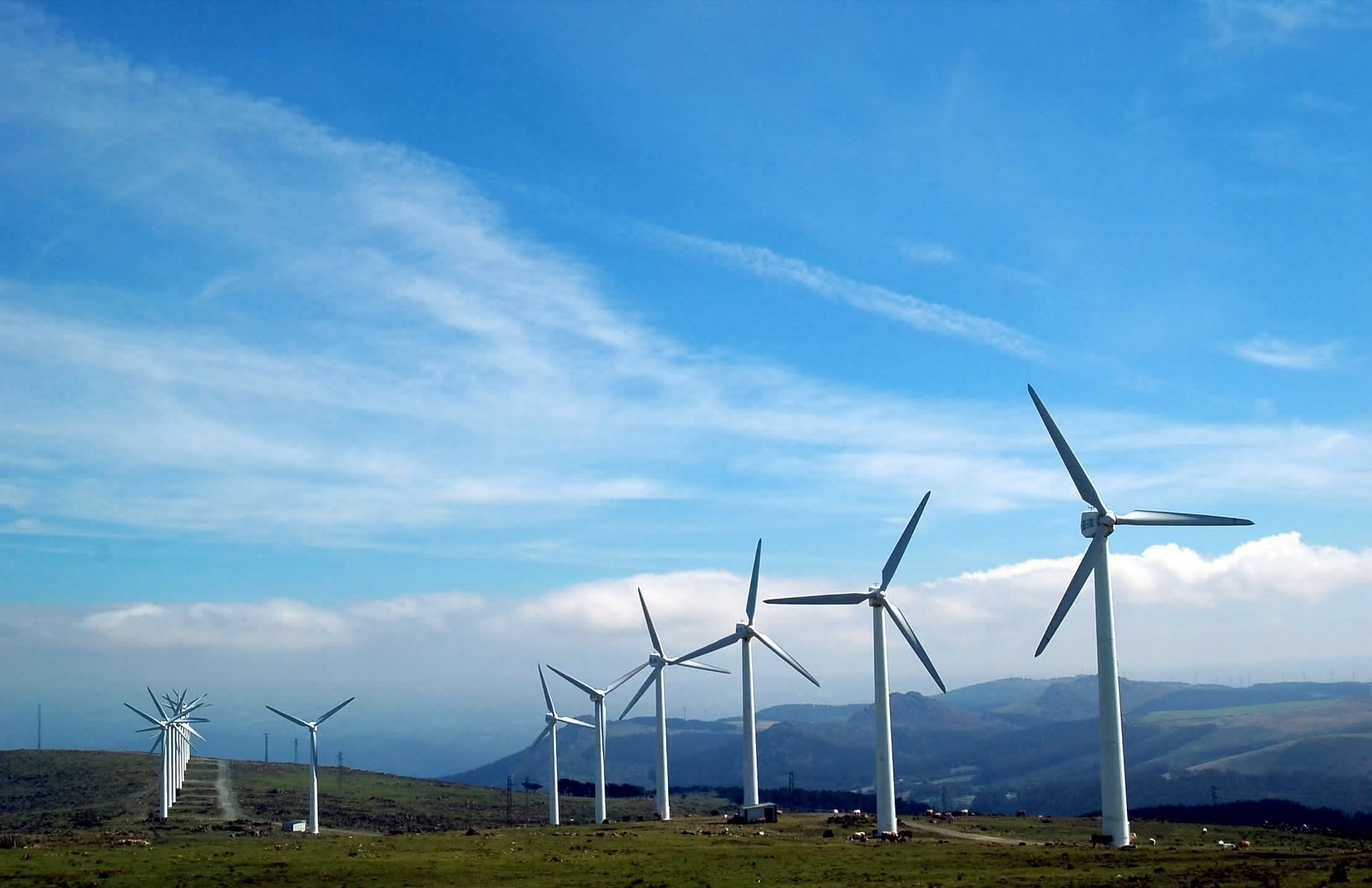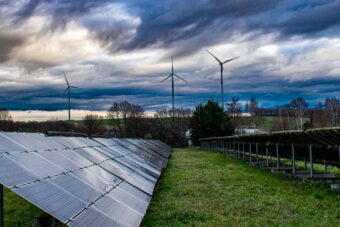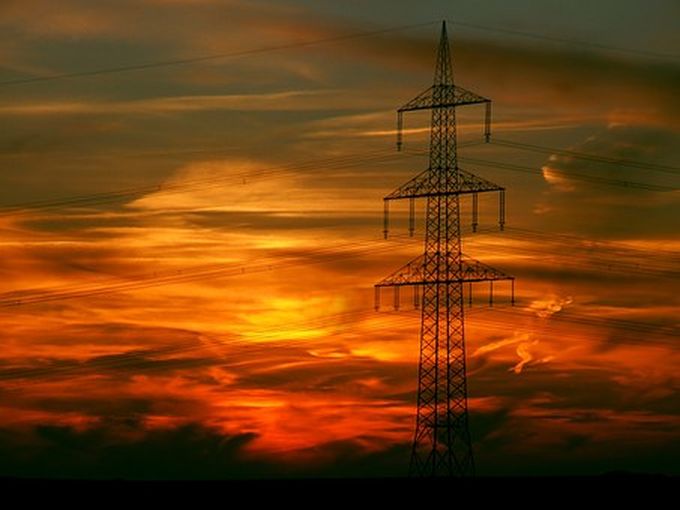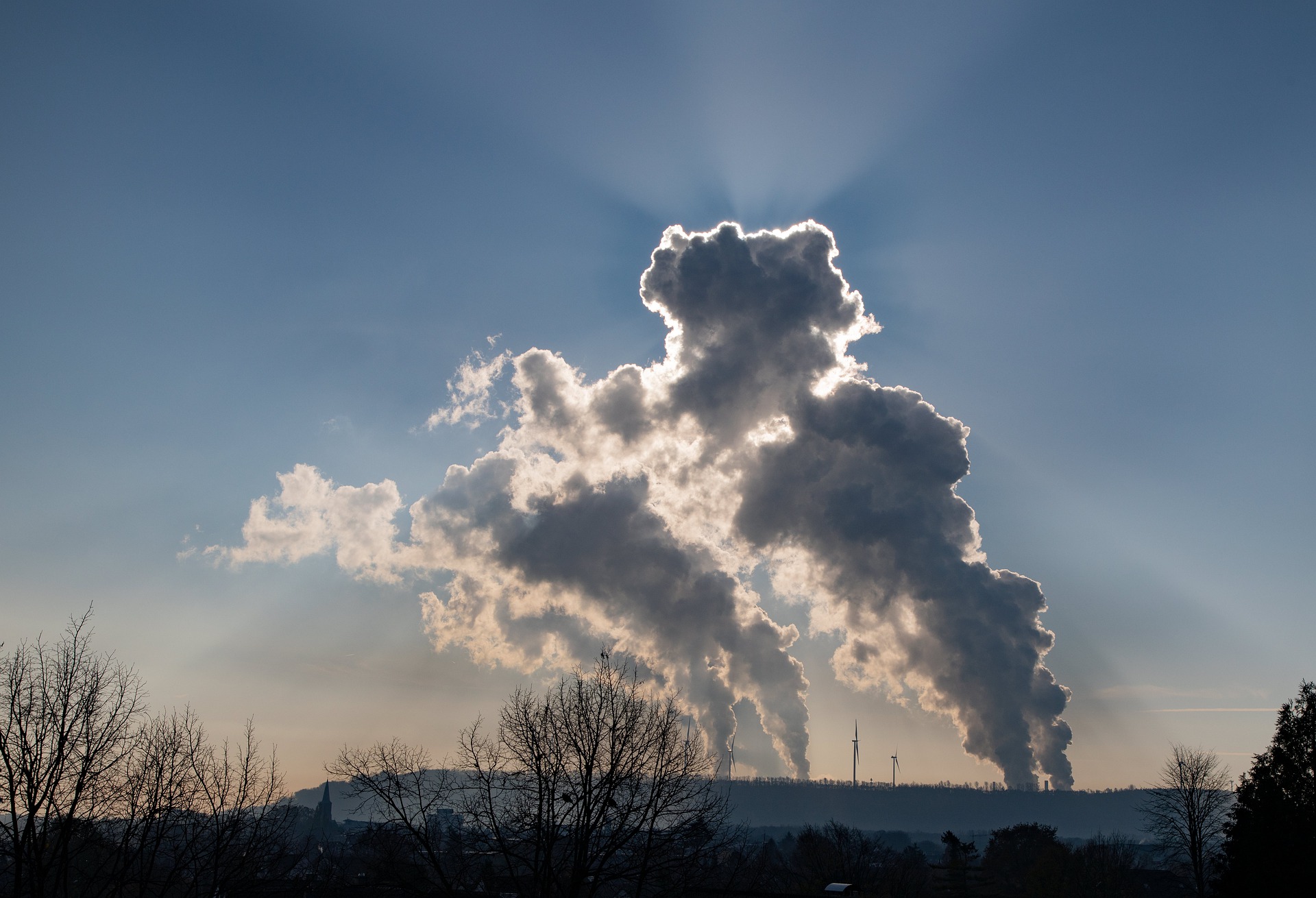
ABB E-mobility, a leader in electric vehicle (EV) charging infrastructure, today announces the continued expansion of its global and US manufacturing footprint with new manufacturing operations in Columbia, South Carolina.
The multi-million dollar investment will increase production of electric vehicle chargers, including Buy America Act compliant ones, and create over 100 jobs. The new facility will be capable of producing up to 10,000 chargers per year, ranging from 20kW to 180kW in power, which are ideally suited for public charging, school buses, and fleets.
The operation builds on ABB E-mobility’s existing US manufacturing operations which produce transit bus chargers that range from 150kW to 450kW. This expansion will increase responsiveness to US market demand, create a more efficient localized supply chain, and reduce delivery lead times.
More:
“The need for investment in the US e-mobility sector has never been greater, as 18 million EVs are expected to be on US roads by 2030. Expanding our US manufacturing operations will allow us to better serve our customers and help advance the adoption of EVs from private vehicles to public transportation and fleets,” said Bob Stojanovic, Vice President for ABB E-mobility in North America. “Our facility in South Carolina is another example of how we are driving the American e-mobility economy forward with high-quality and reliable EV charging solutions that meet the needs of every part of a sustainable transportation ecosystem.”
The Bipartisan Infrastructure Law and the Inflation Reduction Act make transformational investments in transportation electrification including personal vehicles, school buses, transit buses, commercial fleets and the building of a national network of public chargers. The United States, along with vehicle OEMs, set the ambitious target that half of all new US vehicle sales are to be electric by 2030.
With this investment, ABB E-mobility adds to its capabilities to meet the US’s goals of building up the domestic manufacturing base for EV charging. EV chargers produced in South Carolina will meet the Federal Highway Administration’s (FHWA) proposed Buy America Act framework for EV chargers as well as requirements of the National Electric Vehicle Infrastructure (NEVI) program.
This manufacturing expansion is the latest in a series of significant US focused announcements from ABB E-mobility with continued investments planned for 2024 and beyond. In addition to the South Carolina facility, ABB E-mobility announced in July 2022 the launch of a training center in Sugar Land, Texas and an R&D facility in Southern California.
This year ABB also acquired a controlling interest in EV commercial charging infrastructure solutions company, InCharge Energy, expanding ABB’s smart and connected EV offering. In addition, ABB invested in EV charging software provider, ChargeLab.
Since 2010, ABB has invested 14 billion dollar in the U.S. with plant expansions, operational improvements, state-of-the-art equipment, products, and people, making it the company’s largest market. With approximately 20,000 employees in more than 40 manufacturing and distribution facilities, ABB is investing, growing, and serving across America through industries that create jobs, encourage innovation, and achieve a more productive, sustainable future.
Source: ABB

